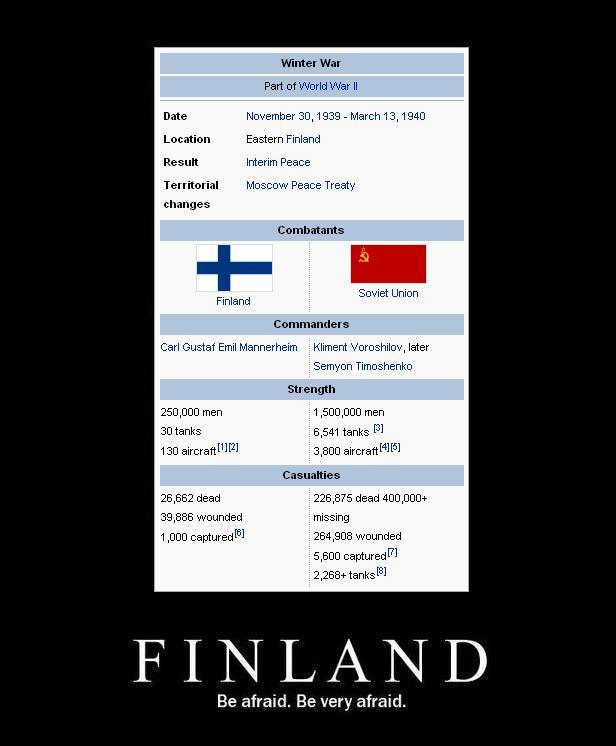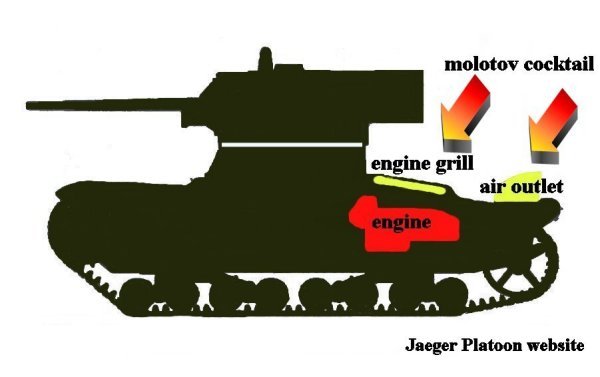Originally Posted By: friendly_jacek
I never understand why Germany turned against it's ally: Soviets. After all, they both started the war attacking Poland.
There is an evidence they had to, Stalin was planning to attack Germany.
According to the below info that sounds credible (but could still be neonazi propaganda), Stalin worked hard to get the whole WW2 started, so he could intervene later and conquest the whole Europe and turn it communist. He was quite surprised by Germans, but still managed to get his goal partially filled and got communism in half of Europe.
http://www.ihr.org/jhr/v18/v18n3p40_Michaels.html
Stalin knew that war with Germany was likely at some point in the future, but he was thinking a few years down the road, not 1941.
Churchill really wanted them involved before the fall of France, well because two fronts are better than one. However Stalin foolishly threw this chance away because he thought he could appease Hitler for a few more years and rebuild the Red Army. This was proven not to be the case in 1941 and than the Russians were screaming for a second front.
The Japanese tried it with the Russians a few years before the Germans and had very limited success. As was said above they didn't really have a modern army by European standards and lacked proper field guns and tanks. So they couldn't even really slug it out with a pre war Russian army.
I never understand why Germany turned against it's ally: Soviets. After all, they both started the war attacking Poland.
There is an evidence they had to, Stalin was planning to attack Germany.
According to the below info that sounds credible (but could still be neonazi propaganda), Stalin worked hard to get the whole WW2 started, so he could intervene later and conquest the whole Europe and turn it communist. He was quite surprised by Germans, but still managed to get his goal partially filled and got communism in half of Europe.
http://www.ihr.org/jhr/v18/v18n3p40_Michaels.html
Stalin knew that war with Germany was likely at some point in the future, but he was thinking a few years down the road, not 1941.
Churchill really wanted them involved before the fall of France, well because two fronts are better than one. However Stalin foolishly threw this chance away because he thought he could appease Hitler for a few more years and rebuild the Red Army. This was proven not to be the case in 1941 and than the Russians were screaming for a second front.
The Japanese tried it with the Russians a few years before the Germans and had very limited success. As was said above they didn't really have a modern army by European standards and lacked proper field guns and tanks. So they couldn't even really slug it out with a pre war Russian army.




